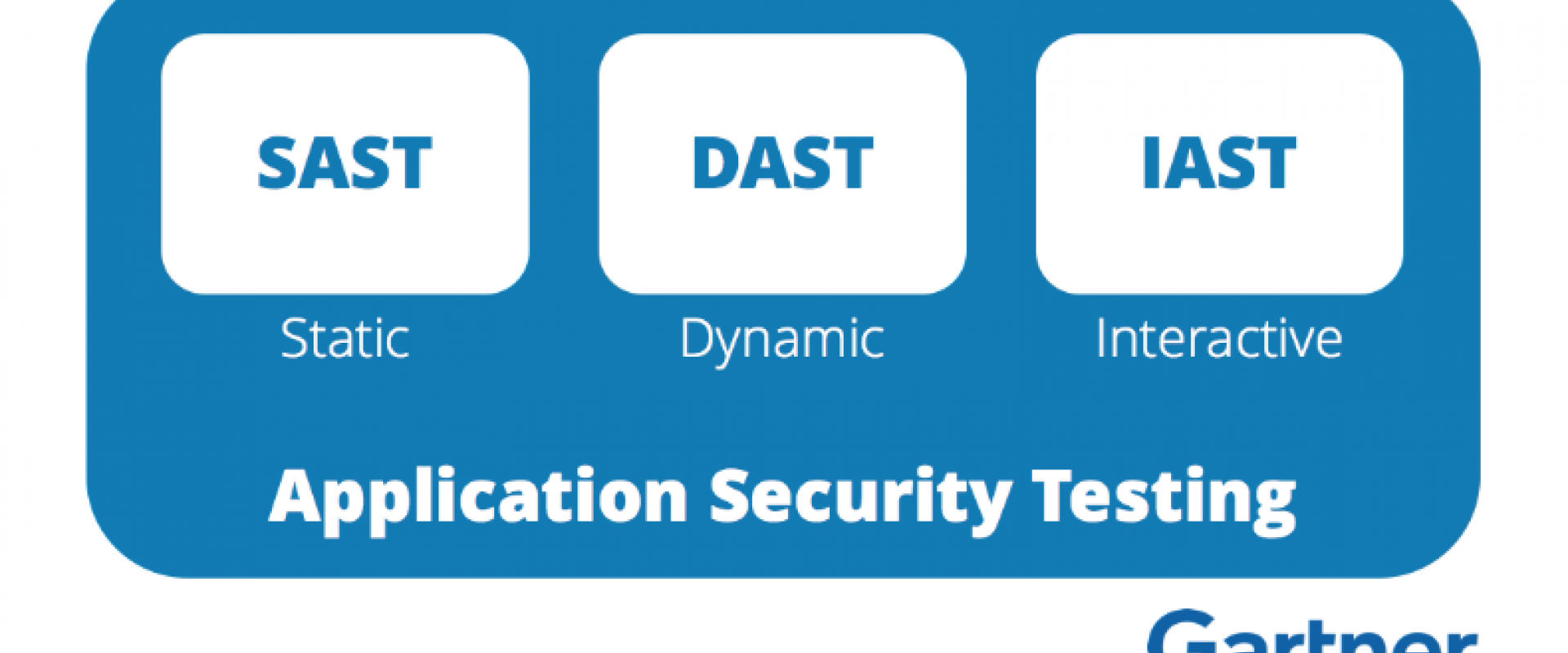Interactive Application Security Testing (IAST) Over Static (SAST) and Dynamic (DAST) Testing

Interactive Application Security Testing works in fundamentally different ways than static or dynamic tools using instrumentation technology. IAST leverages information from inside the running application, including runtime requests, data flow, control flow, libraries, and connections, to find vulnerabilities accurately.
Because of this, interactive testing works better for application security. That's why we created Contrast -- to utilize next-generation technology to solve the growing problems inside the application security field.
So here's the list you've been waiting for:
7 Advantages of IAST over SAST and DAST
1. False Positives. False positives represent the single biggest weakness in security tools, commonly representing over 50% of the results. False positives increase the workload on scarce security resources and make it difficult to identify the most critical flaws, decreasing the utility of technologically-dated scanners. With interactive testing, access to more data leads to more accurate findings.
2. Vulnerability Coverage. Let's talk about standard rule sets found in interactive tools. Interactive analysis provides the best of static and dynamic testing. Not only do interactive testing tools focus on the most common and most risky flaws found in applications, but they also allow for custom rules to personalize the threat coverage for specific enterprises.
3. Code Coverage. Static doesn't examine libraries or frameworks, severely limiting vulnerability analysis. Dynamic can only examine an application's exposed surface. Both static and dynamic miss huge portions of most applications. But interactive testing examines the entire application from the inside -- including the libraries and frameworks. So you get better coverage over your entire codebase.
4. Scalability. Static and dynamic tools don't scale well. They typically require experts to set up and run the tool as well as interpret the results. But the size and complexity of an application don't affect interactive testing, which can handle extremely large applications in stride.5. Instant Feedback. Static and
dynamic tools get run on a periodic basis, which means the lag time between the
mistake and the vulnerability detection could be weeks, months, or even years.
Interactive testing provides instant feedback to a developer, within seconds of
coding and testing new code. Developers can be sure they are only checking in
"clean" code, saving time and money downstream.
6. No Experts Required. When you
buy something, you just want it to work. Out of the box. No downloads, no
updates, no configurations. You just want it to work. That's why interactive
tools eliminated the months of configuration, tuning, and customization. With
interactive tools, as the application is exercised, the application is tested.
Continuously. Automatically. Without you doing anything extra.
7. Zero Process Disruption. Businesses put a premium on time-to-market. Agile and DevOps strategies limit testing time. Because interactive testing operates transparently during normal QA or unit testing, there is no process disruption. Interactive application security testing leverages existing activities to add security testing without separate disruptive activities or schedule breaking checkpoints.
So, there's the list. Thoughts? Comments? Disagreements? Additions? Exclusions? Let us know your thoughts in the comments below.
ZippyOPS Provide consulting, implementation, and management services on DevOps, DevSecOps, Cloud, Automated Ops, Microservices, Infrastructure, DataOPS, and Security
Services offered by us: https://www.zippyops.com/services
Our Products: https://www.zippyops.com/products
Our Solutions: https://www.zippyops.com/solutions
For Demo, videos check out YouTube Playlist:
https://www.youtube.com/watch?v=4FYvPooN_Tg&list=PLCJ3JpanNyCfXlHahZhYgJH9-rV6ouPro
If this seems interesting, please email us at [email protected] for a call.
Relevant Blogs:
Operating system(OS) hardening
Top 10 Cybersecurity Trends For 2022
Recent Comments
No comments
Leave a Comment
We will be happy to hear what you think about this post